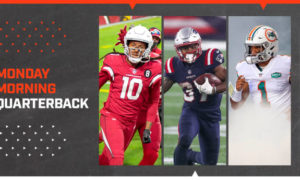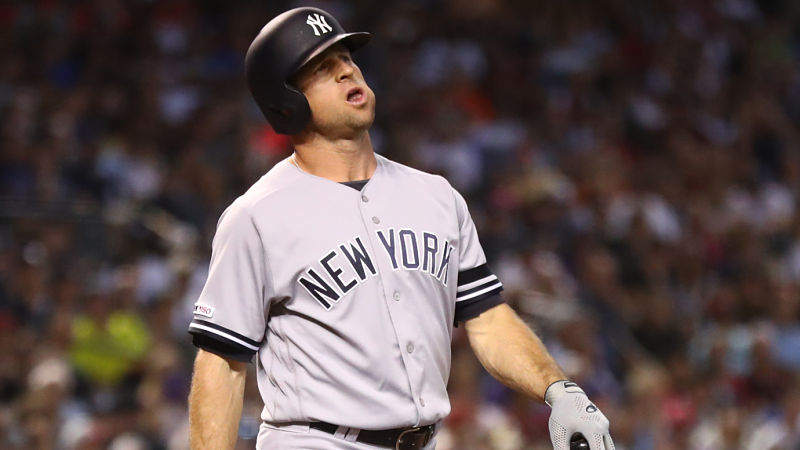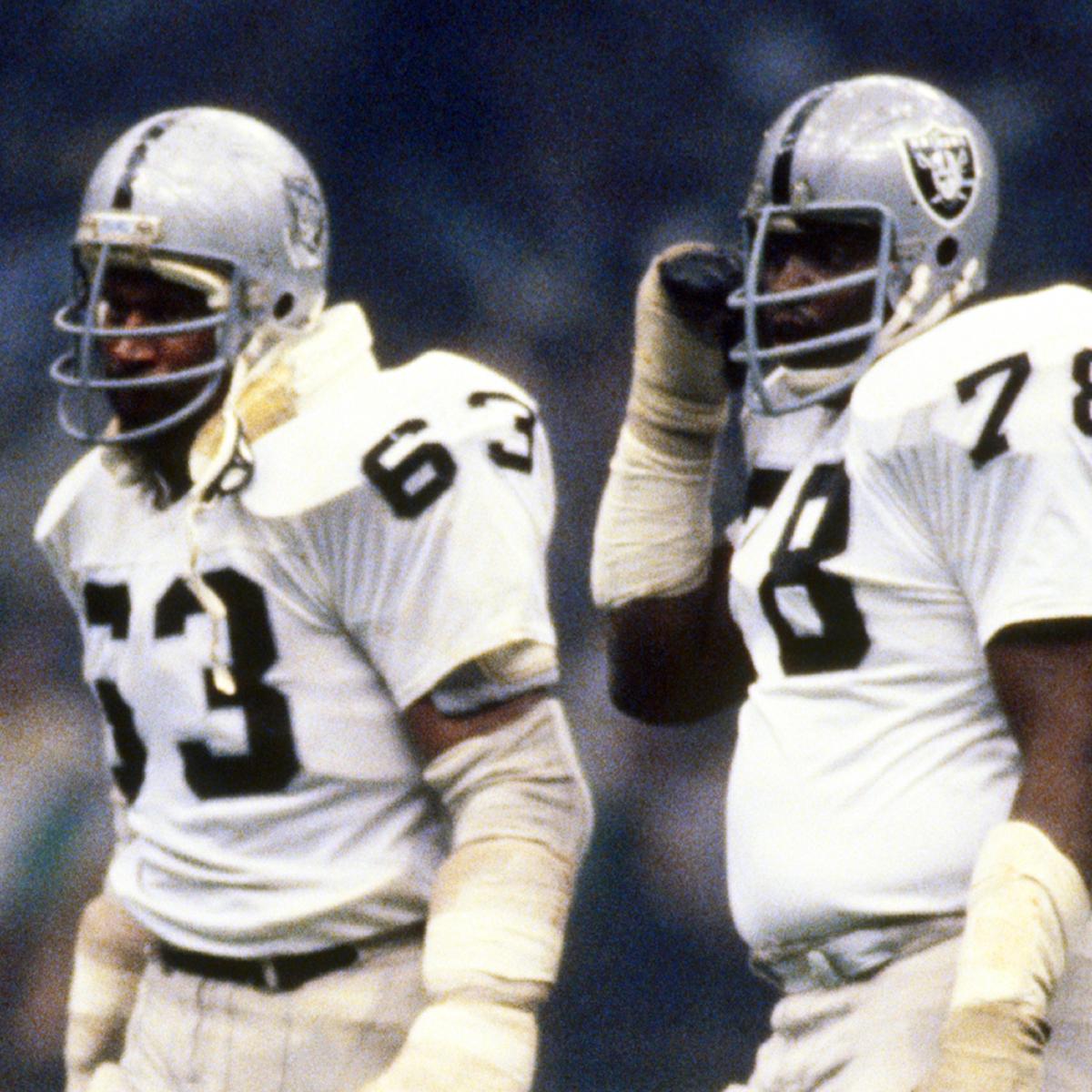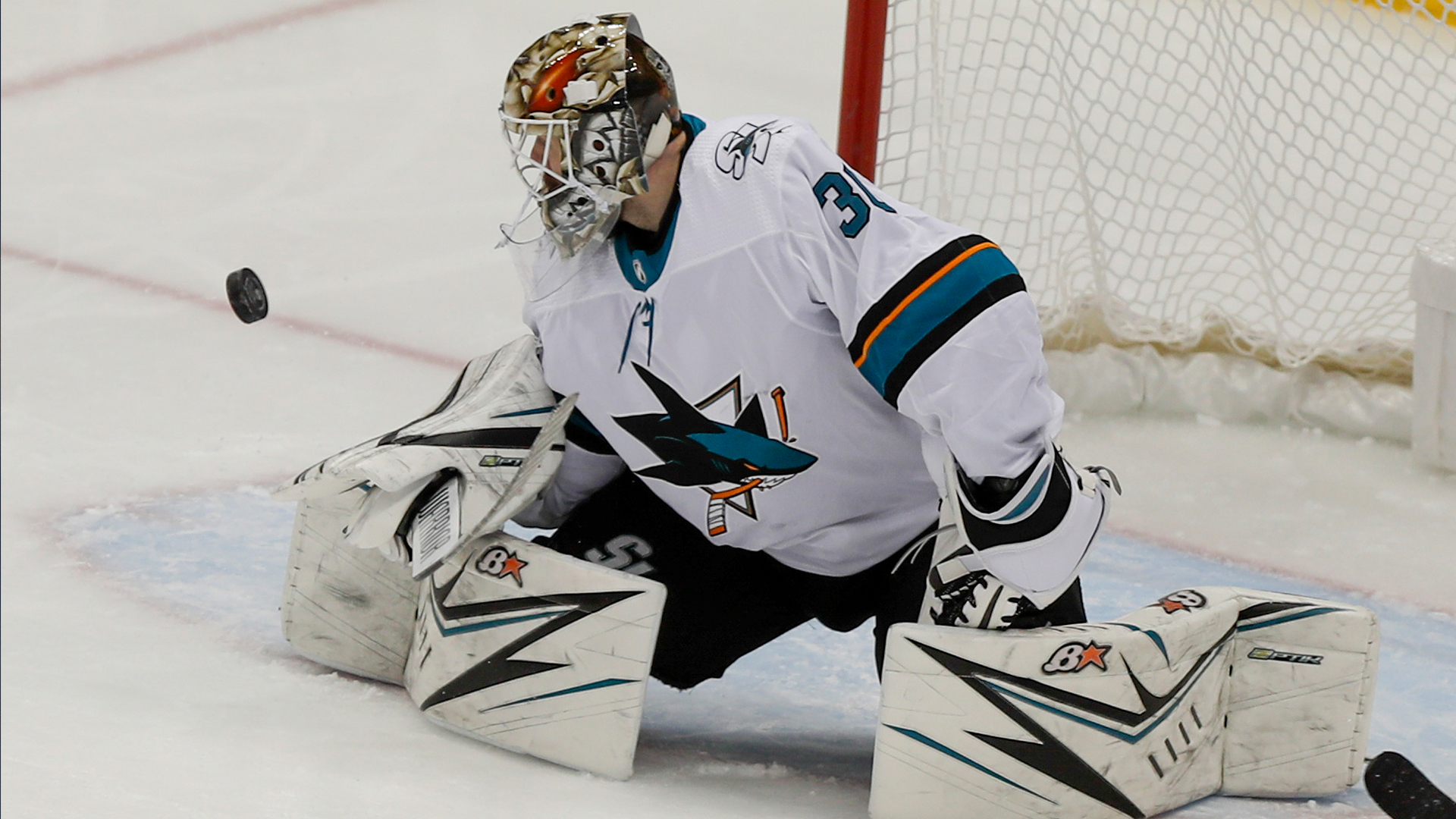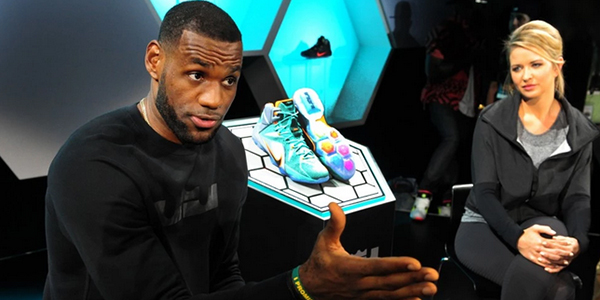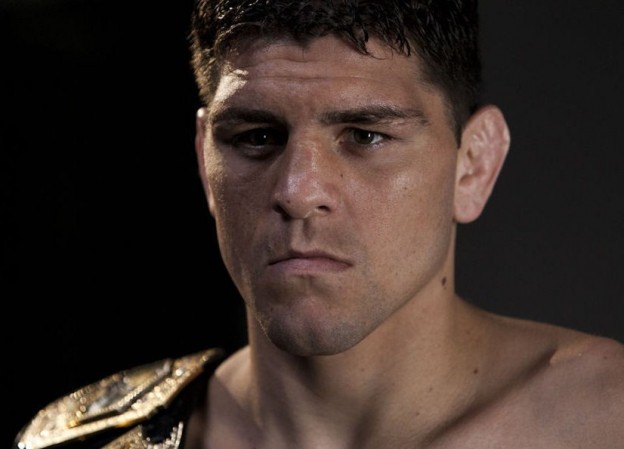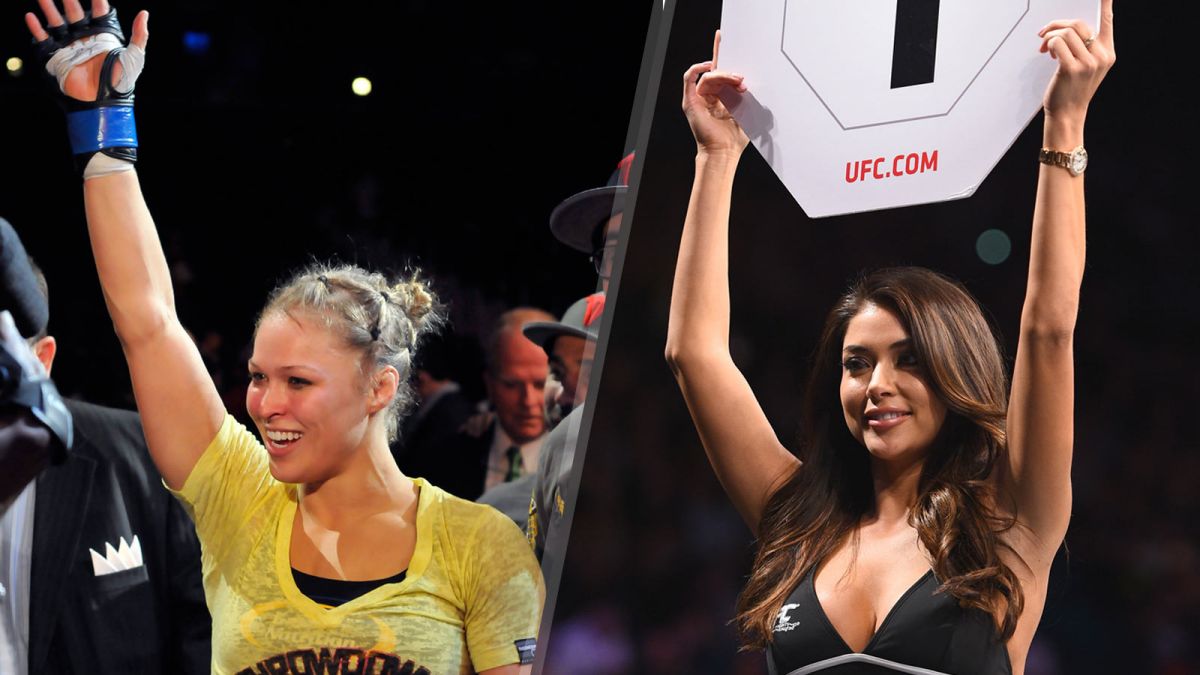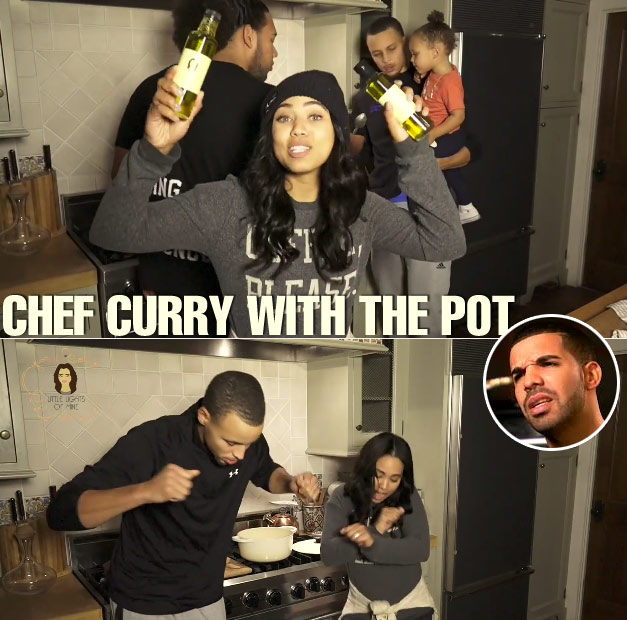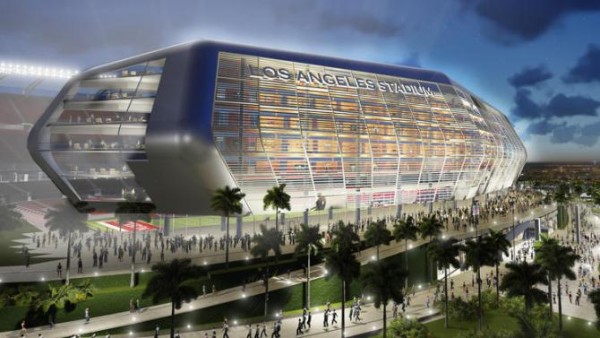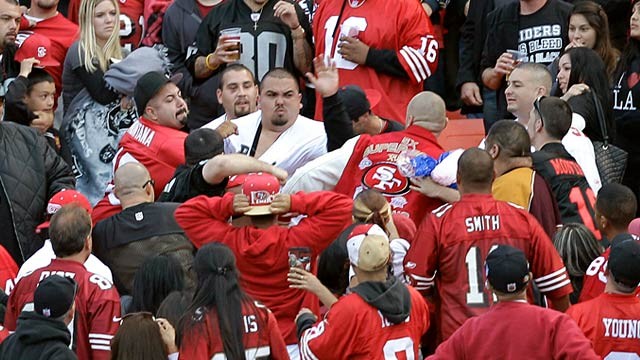We can debate the principle of pro sports teams receiving public money for stadiums, but it’s clear that savvy business moves have set up the Raiders to make a ton of money by moving to Vegas.
Ready to wrap up Week 2, in Vegas of all places …
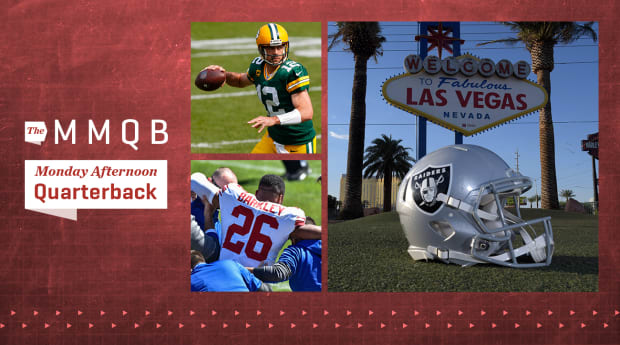
• I’m not sure the Raiders have gotten quite the credit they deserve for pulling off what they have the last five years, so I’ll give it to them. Navigating everything the team did to get here is a monumental achievement. After having their joint L.A. project with the Chargers shot down and landing third in the pecking order for the Inglewood stadium (remember, the Chargers went in 2017 on the fear the Raiders would take their spot if they didn’t), the Raiders really seemed to be out of options.
Months later, they wound up with $750 million in public funding for a state-of-the-art building in Vegas, survived the departure from the project of Sheldon Adelson and Goldman Sachs (which had given the effort its backbone early on) and figured a way to wade through the complex politics of the area all the way to the groundbreaking of a stadium with a price tag near $2 billion.
Now, we can argue over the principle of public funding, for sure, and whether team owners in any sport should have new palaces subsidized by the government. But what’s clear here is this: Raiders owner Mark Davis has been way savvier than anyone thought he’d be in pulling this off, with team president Marc Badain leading the way on the business side.
“Mark and Marc have done an amazing job—amazing,” says one rival team exec. “The strength of the Raiders is the nickname is more valuable than where they happen to be. The Raiders can be the Raiders anywhere. So to find a place where they can put down roots long-term is great. … I’m blown away with what they accomplished. That they created that out of nothing for the NFL, and created so much value that wasn’t there for the league, is amazing.”
So how does it create value for the NFL? In Oakland, the team was one of the league’s least financially viable teams. They weren’t making enough money to be shared and they were collecting a ton of supplemental-revenue-sharing cash. Going forward, they should be a top-10 moneymaker among the NFL’s 32.
Which is to say, when they kick off tonight, they’ll be a long way from Oakland.
• Lost in the chaos of Dallas’s game against Atlanta on Sunday was this: The Cowboys’ offense exploded. Dak Prescott threw for 450 yards, CeeDee Lamb and Amari Cooper both hit triple-digits in receiving yards and Ezekiel Elliott went above 100 scrimmage yards, while the line withstood the loss of left tackle Tyron Smith. All the way around, you saw Mike McCarthy flex some muscle in deploying the wealth of weapons he’s got.
And so there’s been a lingering question in my head: Whose offense is it, really? McCarthy has repeatedly said that the offense would remain Kellen Moore’s, and Moore would call plays and design it as he did in 2019. But then, I’d heard rumblings during camp that the head coach’s fingerprints were on the unit more than had been advertised, so I figured I’d ask guys who coached against Dallas the last two weeks.
What I’ve found: McCarthy wasn’t lying. It’s still Moore’s offense and the scheme that Scott Linehan ran before Moore took the reins from him. But … McCarthy’s markings are there, without question. One defensive coach told me, “There are [McCarthy] subtleties that show up all over the place.” I was given a fantastic example of that.
If you have GamePass, check out the final play of the Rams-Cowboys Week 1 game. It’s identical to the call McCarthy made on third-and-20 in the 2016 playoffs—the one on which Aaron Rodgers hit Jared Cook for 36 yards down the left side to set up a game-winning field goal that took Green Bay to the NFC title game. In the Week 1 2020 version, Prescott played Rodgers, Lamb played Cook, the ball fell incomplete and McCarthy’s team lost 20–17.
• This is expected to be a critical week for the possible resuscitation of the Pac-12 season, and it’s interesting to see, as a sideways college season starts to coalesce, how few players who opted out signed with agents. The number: 19. Across all of college football. Which hardly signals the exodus that many forecasted coming over the summer. Ten of those 19 come from the Big 10 and Pac-12. The four from the latter: Stanford OT Walker Little, Oregon OT Penei Sewell, Washington OLB Joe Tryon and USC DT Jay Tufele.
Returning to school won’t be tough for guys who opted out but didn’t sign with agents (Ohio State’s Shaun Wade and Wyatt Davis are in that category, as is Purdue WR Rondale Moore). It’s trickier for those who did. Those guys, I’m told, will have to terminate their on-paper relationship with the agents, pay back any benefits they received, then apply for reinstatement without a guarantee it’ll be granted (though common sense would say the NCAA would almost have to cut these kids some breaks).
There’s also the possibility that schools will suspend kids for taking benefits to try to get ahead of any sort NCAA sanctions. Which is pretty wild and says a lot about what the NCAA finds important.
• One leftover from my conversation with Packers coach Matt LaFleur Sunday night—I’d asked him about the job that Rodgers is doing with the younger quarterbacks in the room, and in particular Jordan Love. I’d heard that while Rodgers was edgy about Love’s being taken in the first place (which is natural), he never took it out on the first-round pick. And LaFleur pretty much confirmed that one for me.
“I’ll say this: The guy has been such an incredible mentor for not only Jordan, but for Tim Boyle as well,” LaFleur said. “He has done such a great job of communicating with those guys. It is pretty special. It’s like having another coach in the room. I sit in all of those quarterback meetings. He’s just totally embraced that room. He’s done such a great job of taking both of those guys under his wing and helping them both out.
“He’s been spectacular.”
In case you were wondering.
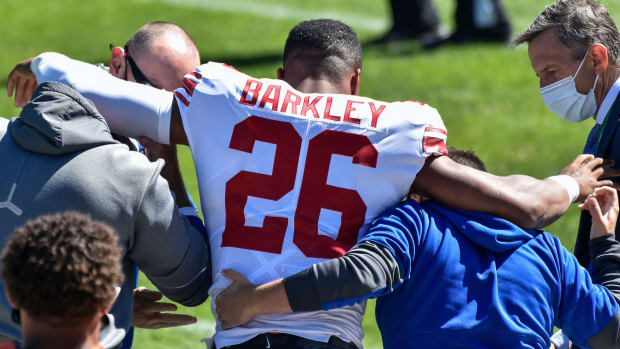
• Saquon Barkley’s confirmed torn ACL couldn’t come at a worse time for him personally. He had a new coach, a new coordinator and a new system to prove himself in, and now the chance to do that in 2020 has come undone completely, just 19 carries and 34 yards (a 1.4-yard average) in. And that means he and the team will go into 2021 with Barkley eligible for a second contract for the first time, coming off an ACL tear, without so much as 20 carries under his belt in the Joe Judge era.
It would be pretty tough for the Giants, I’d think, to give Barkley a Zeke Elliott/Christian McCaffery type of deal in that circumstance. So then Barkley would be playing for a new deal coming off that sort of injury, and if he isn’t 100% of himself, you’re now talking about paying a back going into Year 5 on the belief he’ll get there. And yeah …
Again, very tough timing for Barkley. The injury could cost him tens of millions of dollars.
• On the flip side, bullet dodged by Washington OG Brandon Scherff. His knee injury, per Ron Rivera, isn’t as serious as initially feared and he should be back after missing a few weeks. Suffering a more serious injury playing on the franchise tag is, for many players, a sort of doomsday scenario.
Ex-Bears DT Henry Melton was a good example of that. Chicago tagged him in 2013, and he promptly tore his ACL that September. He made $8.45 million on the franchise tender that fall—and $7.1 million over the three remaining years of his career (with teams other than Chicago, by the way). Still good money, of course, but nowhere near what he might’ve made if he’d gotten to the market healthy in either ’13 or ’14.
• In the aftermath of all the injuries that the 49ers suffered Sunday, I’m super interested to see how Nick Mullens will play for Kyle Shanahan. The coaches there, I’ve heard, like Mullens a lot more than people may realize. And given that the defense is losing Nick Bosa and Solomon Thomas, it might make sense for Shanahan to open things up a little bit, especially while Raheem Mostert is out.
Just keep an eye on that one.
• The Broncos are the worst team in a really good division, they have been ravaged with injuries (Courtland Sutton and Von Miller are out for the year) and next year’s draft class is expected to be very strong at the top at quarterback. The calculus on that isn’t difficult to do—whenever Drew Lock returns from his sprained shoulder, he could be piloting a team out of the playoff hunt and working to convince the franchise to stick with him in 2021.
• The Texans are now 0–2, having suffered a pair of double-digit losses (even if they were to the two best teams in football), and that sets up this weekend’s trip to Pittsburgh as a very big one. If Deshaun Watson & Co. can scratch out a win there, then they’ll get a struggling Vikings team and a feisty-but-undermanned Jags group, and might be on their way. If not, Houston will be 0–3, and the heat will be turned up on everyone.
• Stat for tonight: 71%. That’s the composite snaps workload of Raiders rookies Henry Ruggs III and Bryan Edwards, who led their position group in play time in Week 1. I’m excited to see those two tonight. And I’m even more pumped to check out second-year S Johnathan Abram, who was one of two Vegas defenders to play all 67 snaps in Carolina last week. I know the Panthers walked away enormously impressed with him.
He could be a star in the making. And if you hadn’t noticed, quietly, Mike Mayock is drafting really, really well for that team.
——————-
Did you miss our previous article…
https://sportsgooru.com/nfl/10-best-running-backs-in-arizona-cardinals-history/



